Increasing Water Scarcity
The escalating issue of water scarcity is a primary driver for the Water Desalination Equipment Market. As populations grow and industrial demands rise, the availability of fresh water diminishes. This trend is particularly evident in arid regions where traditional water sources are insufficient. According to recent estimates, nearly 2 billion people currently live in areas experiencing high water stress. Consequently, the need for alternative water sources, such as desalination, becomes imperative. The Water Desalination Equipment Market is poised to expand as municipalities and industries seek reliable solutions to secure water supply. This urgency is likely to propel investments in desalination technologies, thereby enhancing market growth.
Technological Innovations
Technological advancements play a crucial role in shaping the Water Desalination Equipment Market. Innovations such as reverse osmosis, forward osmosis, and advanced filtration techniques have significantly improved the efficiency and cost-effectiveness of desalination processes. For instance, the introduction of energy recovery devices has reduced energy consumption by up to 60%, making desalination more economically viable. Furthermore, the development of modular desalination units allows for scalable solutions tailored to specific needs. As these technologies continue to evolve, they are expected to attract investments and drive market expansion. The Water Desalination Equipment Market stands to benefit from ongoing research and development efforts aimed at enhancing performance and reducing operational costs.
Rising Demand for Clean Water
The increasing demand for clean and potable water is a significant driver for the Water Desalination Equipment Market. Urbanization, industrialization, and population growth contribute to the rising need for safe drinking water. Reports indicate that by 2025, the demand for clean water could exceed supply in many regions, prompting a shift towards alternative sources. Desalination offers a viable solution to meet this demand, particularly in coastal areas where seawater is abundant. The Water Desalination Equipment Market is expected to grow as municipalities and private entities invest in desalination technologies to ensure a sustainable supply of clean water for their populations.
Government Initiatives and Funding
Government support and funding initiatives are pivotal in driving the Water Desalination Equipment Market. Many countries are recognizing the importance of sustainable water management and are investing in desalination projects to address water shortages. For example, several nations have implemented policies that provide financial incentives for the development of desalination facilities. This support not only facilitates the construction of new plants but also encourages research into innovative technologies. As a result, the Water Desalination Equipment Market is likely to experience growth fueled by public-private partnerships and government-backed projects aimed at enhancing water security.
Environmental Concerns and Sustainability
Environmental concerns and the push for sustainability are increasingly influencing the Water Desalination Equipment Market. As awareness of climate change and its impacts on water resources grows, there is a heightened focus on sustainable practices. Desalination, when powered by renewable energy sources, presents an environmentally friendly alternative to traditional water supply methods. The integration of solar and wind energy into desalination processes is gaining traction, potentially reducing the carbon footprint associated with water production. This alignment with sustainability goals is likely to attract investments and drive innovation within the Water Desalination Equipment Market, as stakeholders seek to balance water needs with environmental stewardship.



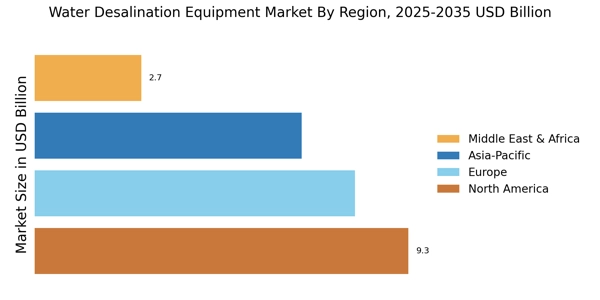
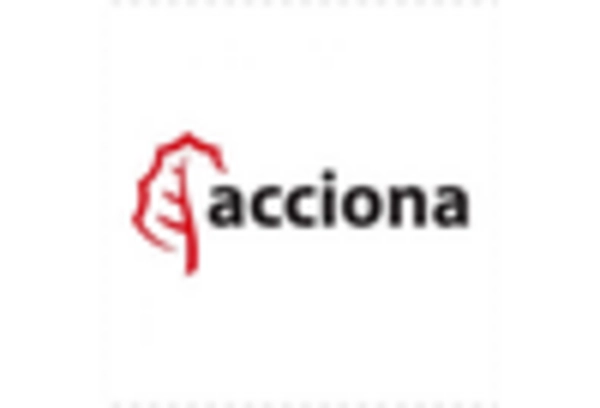
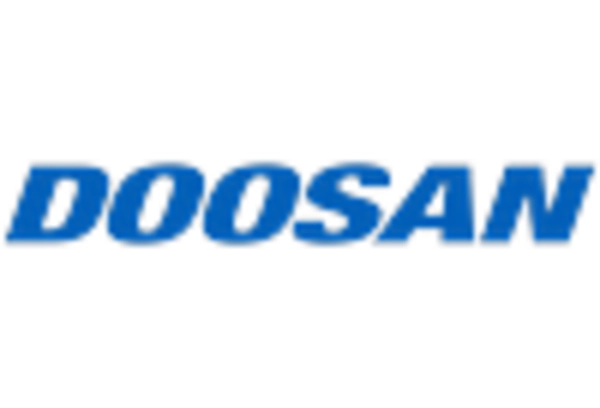
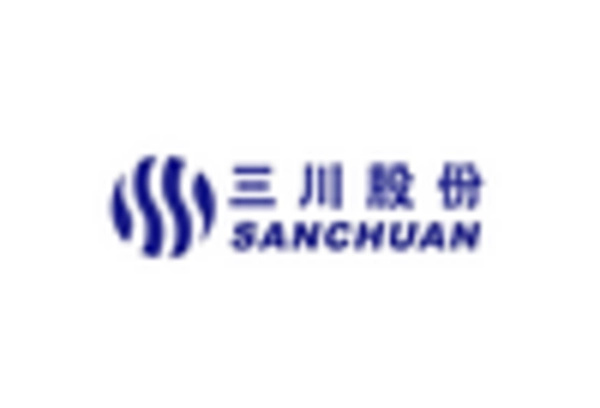

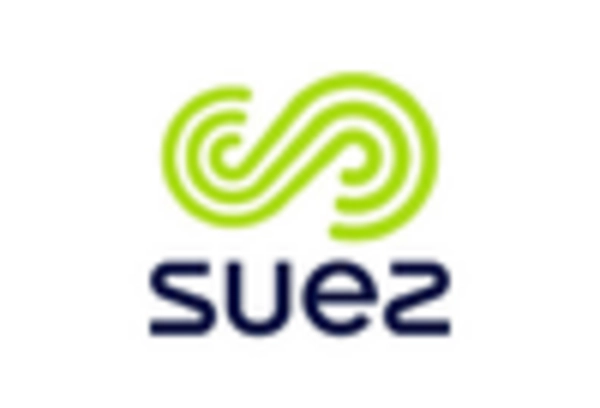
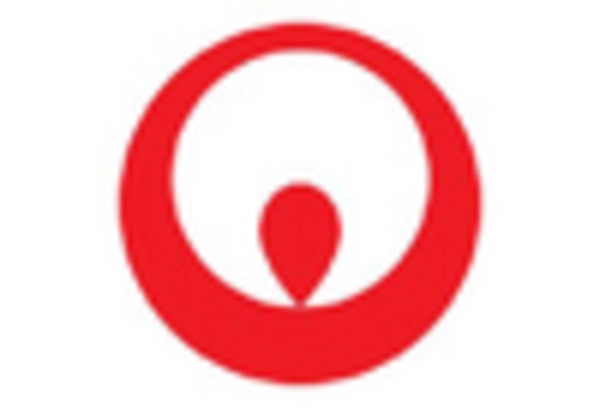








Leave a Comment